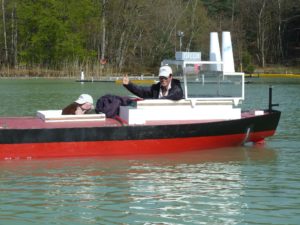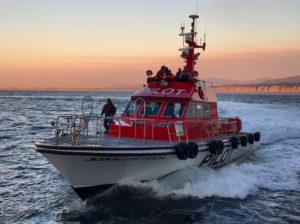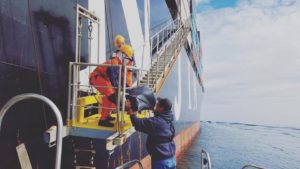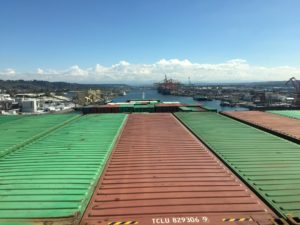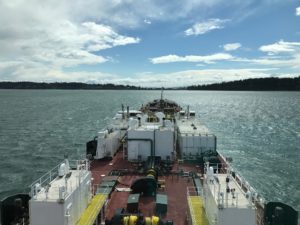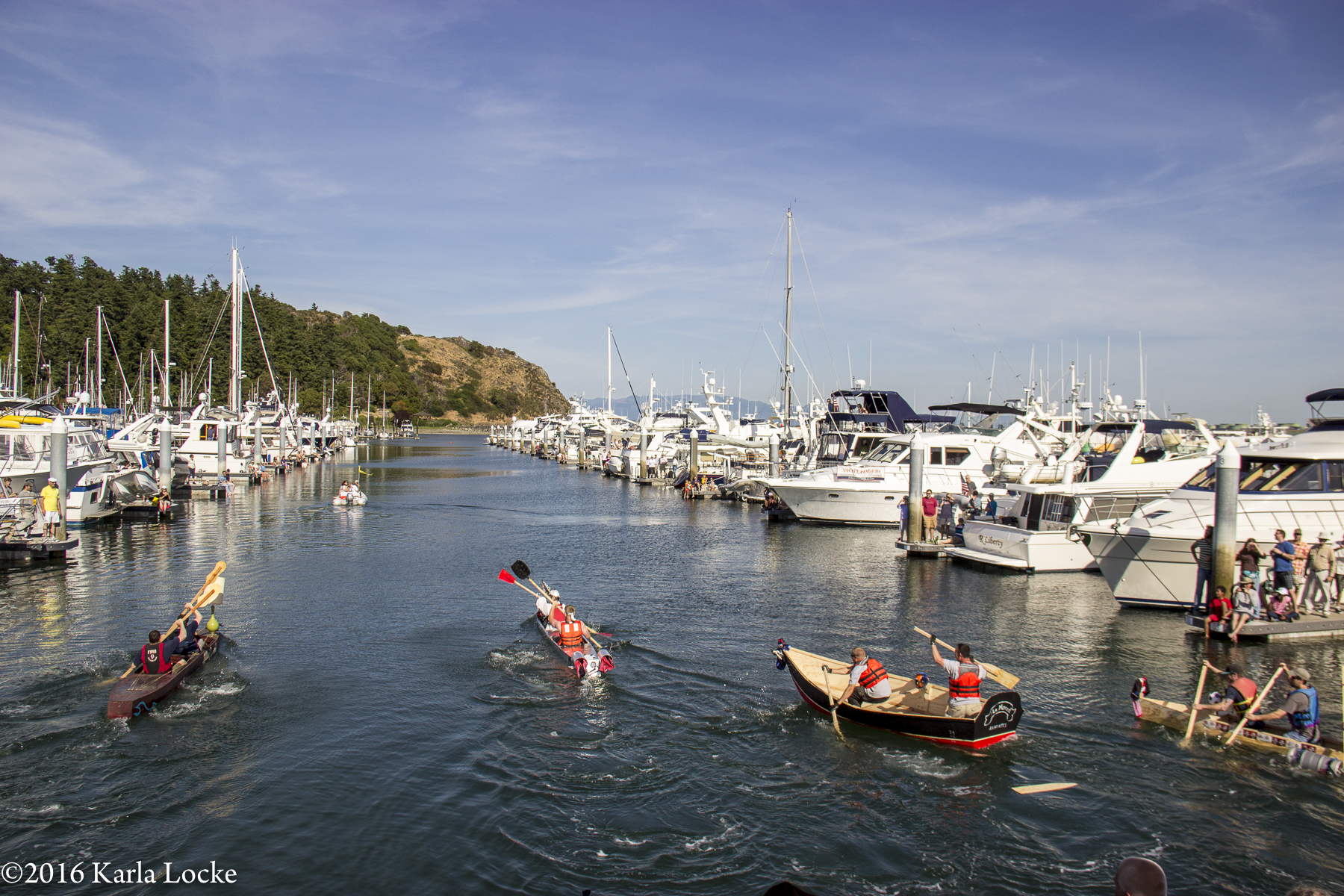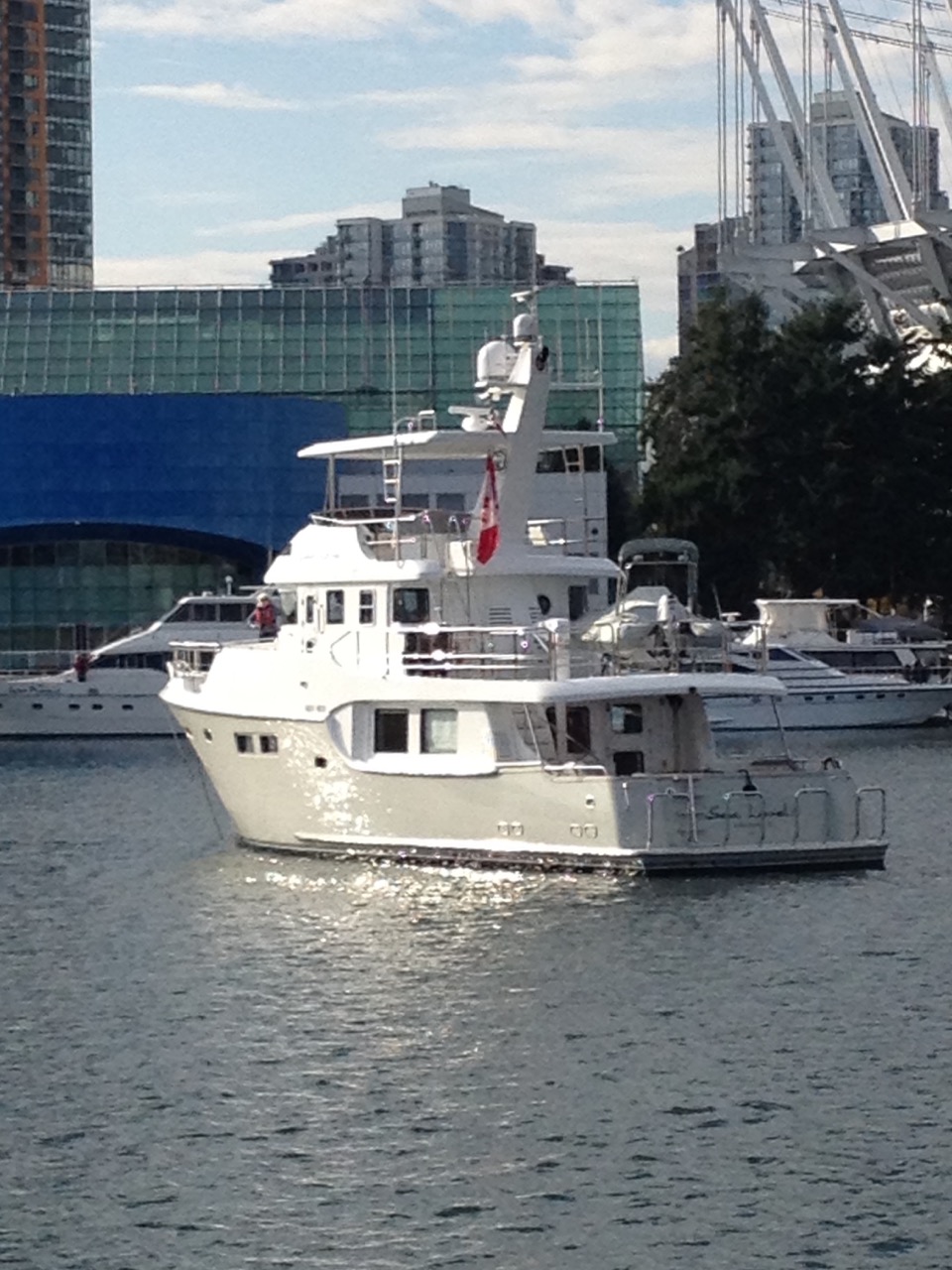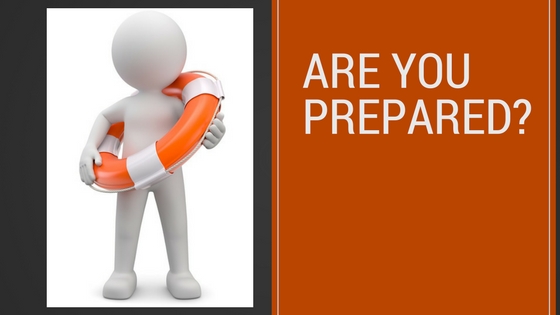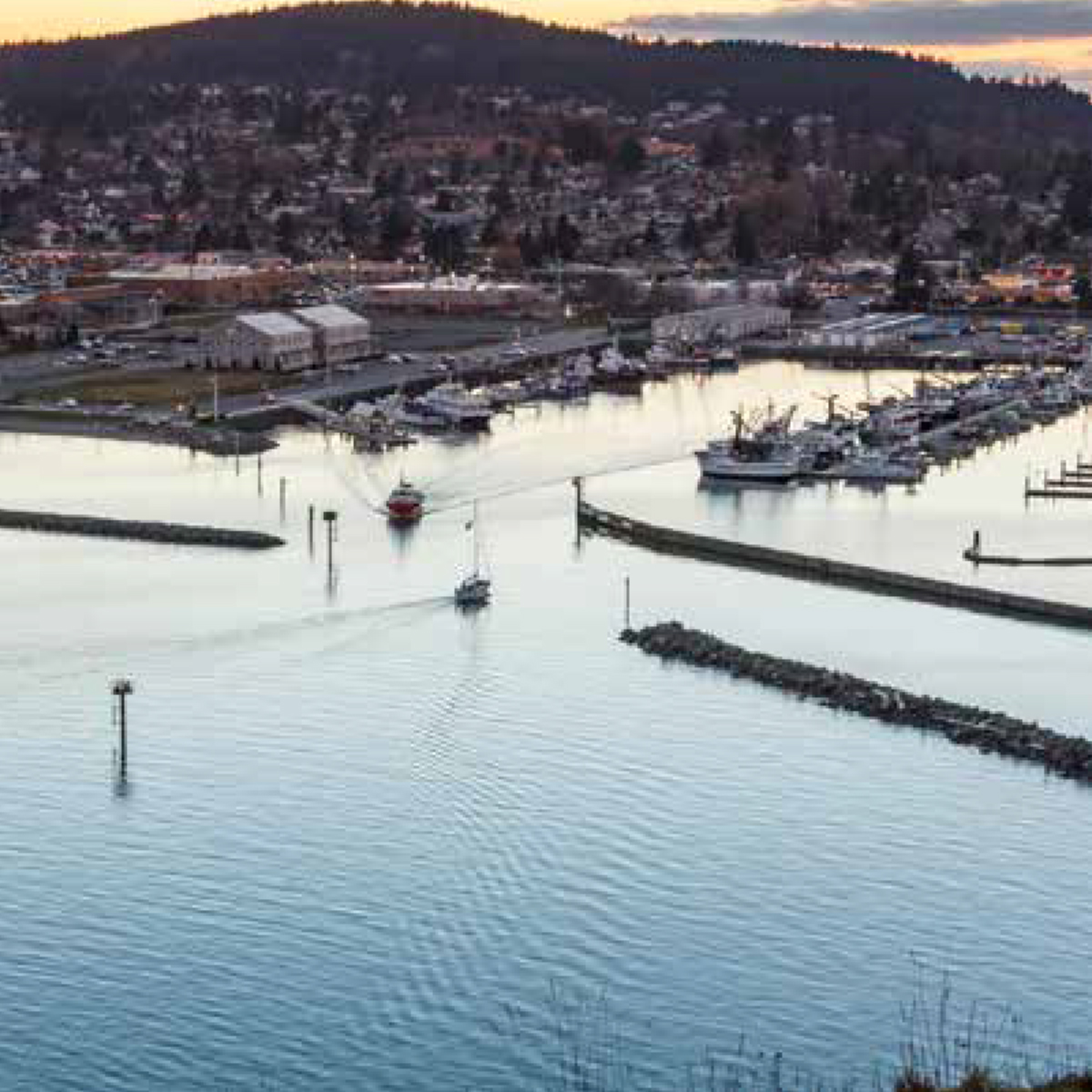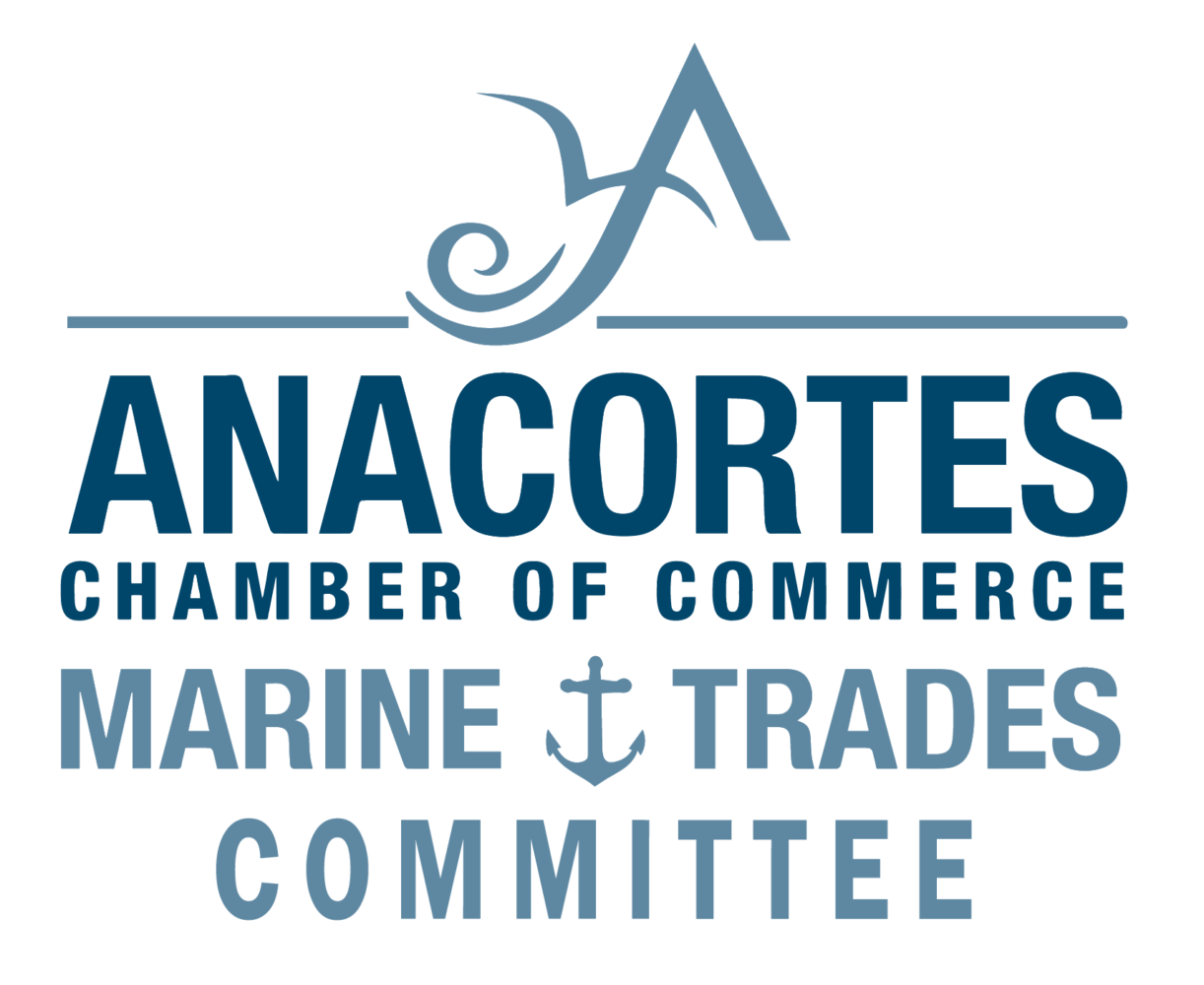 He grew up poor in a factory town in Virginia. For those whose families were financially well grounded, a family-financed college education provided ample opportunities, but that was not the case for Ed…. His parents were both immigrants for whom English was a second language. Ed was the first generation in his family to go to college in the US.
He grew up poor in a factory town in Virginia. For those whose families were financially well grounded, a family-financed college education provided ample opportunities, but that was not the case for Ed…. His parents were both immigrants for whom English was a second language. Ed was the first generation in his family to go to college in the US.
Sailing the seas and becoming a master of one’s own career was not an opportunity presented to most young men and women. Lucky for the maritime industry and for Ed Marmol, a high school teacher convinced him to apply for the U.S. Coast Guard Academy.
Ed Marmol wanted to go to college, but as a poor young man, his options were limited. He started applying for military scholarships, his Debate Coach found out and told him to try for the U.S. Coast Guard Academy. He researched the academy; it was a smaller college with around a thousand cadets. Turns out the Coast Guard Academy had the best educational program of the schools he had applied to, so off to New London, Connecticut he went.
Thus the beginning of a maritime career.
His first assignment was on an Oceanographic Vessel. They sailed from their homeport in Mississippi to the Panama Canal and then sailed around the Pacific Ocean. Since then he has sailed to six out of the seven continents (he never made it to Africa) and has seen the world. What an exciting life for a young man never exposed to boating.
Ed retired from the Coast Guard after twenty-five years, retiring as a commander in 1998. As a young officer in the Coast Guard he spent time as a navigator on a polar icebreaker out of Seattle and fell in love with the Pacific Northwest. When his wife, Kathy, was offered a job at Shannon Point Marine Center in Anacortes, they jumped on it.
From 1999-2000 he sailed on surveillance vessels. The job required a lot of traveling and his wife decided he needed a job closer to home. From 2001-2004 he worked for the Washington State Ferries, then spent a year with Crowley Tugs.
But the peak of his maritime career was yet to come.
 Ed cold called the President of the Puget Sound Pilots Association and asked how to become a pilot.
Ed cold called the President of the Puget Sound Pilots Association and asked how to become a pilot.
“Becoming a Pilot was my own personal way of climbing Mt Everest. For a mariner, it’s the top of the profession,” Ed said.
Washington State requires that you have captained a vessel of qualifying tonnage and have sailed as a Master. Because of this law, most do not qualify until they are in their late forties or fifties. Those that work on tugboats have more of an opportunity to become a Master at a younger age, but most Pilots are mid-forty and older.
Ed applied for, and passed the state’s pilot exam in 2005. He was called for pilot training in early 2007 and became a licensed ship pilot for the State of Washington later that year.
Starting the climb of his own personal Mt. Everest.
Since colonial times every coastal state has had a pilot organization. Foreign ships entering U.S. waters must have a licensed pilot onboard. In fact, ship pilots were the first pilots, having been around long before aviation pilots.
So the burning question to ask was, “What’s the view like from up there?”
“It’s a different perspective,” Ed replied.

Some pilothouses are 100’ above the water. “When you are on the bridge of a ship, a large ship, looking forward, the bow is so high above the water you can have a blind spot of up to a quarter mile,” Ed said.
And on one of the massive 900’ polar class tankers, the bridge of the vessel is 151’ across, which means it can take up to five minutes to cross the bridge to see what’s on the other side. From Ed’s perspective, it can be impossible to see what is around.
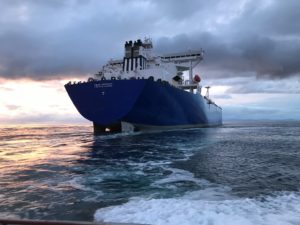 It is impossible for one person or any one pilot to see all things at once. The ships have lookouts posted, usually an ordinary seaman (OS) or an able-bodied (AB) seaman, and are equipped with radar and AIS. This extra help, both electronically and the old fashioned way with at least one or more extra sets of eyes, help navigate the ship safely to port.
It is impossible for one person or any one pilot to see all things at once. The ships have lookouts posted, usually an ordinary seaman (OS) or an able-bodied (AB) seaman, and are equipped with radar and AIS. This extra help, both electronically and the old fashioned way with at least one or more extra sets of eyes, help navigate the ship safely to port.
The captains of the vessels and the pilot usually have a cordial relationship. Since English is the main language in the shipping and aviation industries, language is usually not a barrier. Since WWII, the U.S. merchant fleet has diminished. European and Asian countries dominate the industry and the Puget Sound Pilots are the first representative of the United States and the State of Washington to greet these foreign ships, which come from all over the world.
As a pilot, he takes charge of the navigation of the vessel while it is in Washington waters. The captain is still in charge of the vessel and crew, but must work closely with the pilot. What’s it like? It is a lot of responsibility. The intent is for it to be as safe as possible and mitigate all the risks.
Each pilot carries on board a Portable Pilot Unit, an independent navigation system, which includes electronic charting. This is in case of a ship blackout. Each pilot is also trained to use their eyes and become familiar with landmarks, lighthouses, buoys, etc. They work closely with the escort tugs, when required. The tugs are there to deal with mechanical failures.
“One of the perks is I get to see things that the average person doesn’t,” Ed said.
Ed feels it is his obligation to photograph or videotape what he sees. It is his way of sharing with the world his view from up high.
A pilot must be at the top of his game to perform his duties.
His job is to minimize the risk of foreign ships running aground, hitting rocks, shoals, sandbars, etc. If the weather is rough and it is perceived dangerous to dock, the pilot takes the ship to anchor.
A pilot must be in good physical form. They are required to climb ladders, sometimes in rough weather and in the middle of the night.
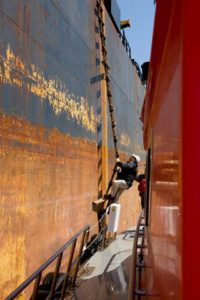 Continuing Education is critical for a ship pilot. Every five years a pilot must attend a manned-model ship handling training facility. The best training facilities are in Europe, more specifically France, England, and Poland. They must attend a Bridge Resource Management Training Course where they are exposed to ship board emergencies. They need to know what to do in case of a steering failure, tugboat failure, mechanical failure, etc. They will attend simulator-training courses at the Pacific Maritime Institute.
Continuing Education is critical for a ship pilot. Every five years a pilot must attend a manned-model ship handling training facility. The best training facilities are in Europe, more specifically France, England, and Poland. They must attend a Bridge Resource Management Training Course where they are exposed to ship board emergencies. They need to know what to do in case of a steering failure, tugboat failure, mechanical failure, etc. They will attend simulator-training courses at the Pacific Maritime Institute.
For Ed, one of the best perks of his job is the food. Being exposed to various cultures each year he has opportunities to test some of the best foreign dishes. “If you are a chowhound, what other job could you have where the cuisines of the world come to you,” Ed said. Foods from India, China, Korea, Egypt, etc. On one trip he was starving and he asked the Captain what the crew eats. It happened to be a holiday where the crew had to fast during daylight hours, but before sunrise and after sunset, the crew feasted on huge meals.
Approximately 7,000 ship assignments are made per year between the pilots. Two out of every three assignments are at night. The bulk of the jobs are on container ships coming into port at Seattle or Tacoma. They arrive at night so they can be docked and ready for the morning crew to unload the containers. Pilots work fifteen days on and thirteen days off, but may still be called in.
 Ed was nominated and then appointed by the Governor to be a commissioner on the State’s Board of Pilotage Commissioners. The Commission has nine commissioners and they each serve a four-year term. Ed is coming to a close on his term. His plan is to retire in a year. He has reached the peak of his personal Mt Everest and his career. It has been a long and exciting career.
Ed was nominated and then appointed by the Governor to be a commissioner on the State’s Board of Pilotage Commissioners. The Commission has nine commissioners and they each serve a four-year term. Ed is coming to a close on his term. His plan is to retire in a year. He has reached the peak of his personal Mt Everest and his career. It has been a long and exciting career.
A career started by a suggestion made by a high school teacher. Most high school guidance counselors are not familiar with the maritime industry. It is usually a friend or relative, or someone familiar with being on the water that exposes a young person to the industry.
You don’t need to be a captain or a pilot, you just need to follow your passion, you never know where it may lead.
Ed suggested the following for young people considering a career in the Maritime Industry.
- California State University Maritime Academy
- Massachusetts Maritime Academy
- United States Merchants Marine Academy
- Maine Maritime Academy
- NY Maritime Academy
- Texas Maritime Academy
- US Coast Guard Academy
- US Naval Academy
The key difference between the federal and state academies is you or your parents have to pay tuition just like college for a student to attend a state maritime academy. At the federal academies (US Merchant Marine Academy at Kings Point, NY, US Coast Guard Academy at New London, CT and US Naval Academy at Annapolis, MD), you are a federal employee as a merchant marine cadet, naval midshipman, or Coast Guard cadet. Uncle Sam PAYS you to attend his academies, so you graduate with zero college debt and with a nice savings account and a job upon graduation.
For those going into trade in the Maritime Industry in Washington State or any state, research your options and don’t be afraid to find a mentor. It only takes that one person to set you on a path to do what you enjoy.
Puget Sound Pilots on Facebook
Check out Ed’s YouTube Channel
By Karla Locke

